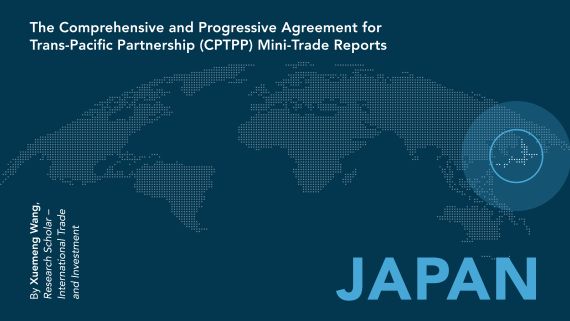The Economist magazine recently singled Canada out as an example to the world. The magazine focused on our liberalism and tolerance, but can we be “cool” too? Japan has done it with its Cool Japan Fund. Are there lessons there for us?
The Cool Japan Fund (CJF), launched three years ago, invests in promoting Japan’s unique and innovative products and services to growth markets in Asia and beyond. This fund currently has more than $500-million from a mix of private sector and government sources.
In creating CJF, Japan has recognized its weak domestic-consumer demand and declining population, and has decided that companies need help to capitalize on “Japan cool” – from fashion and food enterprises, to anime, music and TV shows.
As is often the case with its investment horizon, Japan is taking the long-term view – the fund has a 20-year timeline. What is also interesting is that the focus is on what is uniquely Japanese.
Essentially, the fund makes an investment in those companies it believes have the potential with their “cool factor” to make inroads into international markets, and encourages collaboration among companies to draw upon expertise in various sectors.
So, for example, Bakugan anime (featuring spinning spheres that burst open into Japanese-style action figures) could be supported by the CJF with the creation of an expanded line of Bakugan-related products. Similarly, CJF supports the outbound “localization” (i.e. translation/modification) of Japanese products, including digital content, for overseas markets.
The decision makers for these capital investments are not government bureaucrats. And not even people with a connection to government. They are almost all drawn from the private sector, and include industry experts who spend time looking for potential investment opportunities. With CJF’s financial and expert support, smaller creator companies are forming groups to collaborate in penetrating growth markets.
The Cool Japan Fund has also supported the creation of the Japanese version of Airbnb, known as “Stay Japan,” along with other initiatives to promote inbound tourism, particularly to regions outside of Tokyo and Osaka/Kyoto. This support includes the development of multilingual websites, social-media campaigns and broad-spectrum advertising. A key feature of CJF is its premise that brand culture is a commodity to be nurtured, commercialized and localized to meet the expectations of international consumers. By promoting anime, for instance, Japan burnishes its brand as a creative and innovative culture.
Digital-media content has evolved into a giant global market, and Japan recognizes that its domestic market alone is not enough to sustain its homegrown creative products. Canada is in the same boat, and needs this kind of strategic support to embellish its brand overseas – not through government advertising, but rather through the support of private sector companies with products or services that embody Canada’s “cool.” How could this model be set up in Canada? First, government and industry advisers need to determine and define “Cool Canada” – how about a mix of digital media, e-commerce apps, quantum computing, craft beer, cuisine and cleantech? Following Japan’s example, Canada would need to consider a mix of financial, advertising/media, and consumer-brand industries. Second, the initiative requires a stable of private-sector investors.
And a Cool Canada Fund would be an ideal investment vehicle for pension funds that normally would not participate in smaller venture projects.
Third, set up a small group with industry experts to identify the ideal companies and potential markets for cool Canadian products and services. CJF is focused for the most part on Asia, and promotes the high-quality “made in Japan” brand to its growing middle classes. Canada already has the advantage of being widely regarded throughout the Asia Pacific as an honest and reliable partner with high-quality products and well-governed businesses. Let’s build on that reputation with an emboldened brand built on a foundation of new technology, world-class innovation and collaboration.
To be successful, Canada would also have to adopt the long-term investment horizon of the Cool Japan Fund, incorporating periodic reviews that would open up the next stages of funding to participant companies and organizations. Similarly, the Canadian version should allow for consortia to leverage expertise and to capitalize on Canada’s multiculturalism. Knowledge of, and familiarity with, a range of languages and cultures facilitates adaptation of products and services to local markets.
A Cool Canada Fund could also add a Dragon’s Den-styled competitive component for promoting Canada’s participation in the global digital economy, and make this an essential element of “Canada’s Innovation Agenda.” One of the objectives of this agenda, led by the Minister of Innovation, Science and Economic Development, is “to build super clusters for business innovation and global reach, from idea generation to value creation.”
Cool Canada – the world is ready for us. A Cool Canada Fund would get our businesses ready for new and expanding opportunities within the context of our shifting global economy. And Japan could be our next trade-agreement partner, so we can be cool together.
This piece was first published in The Globe and Mail on December 27, 2016.



